 Give us a sneak peek into what you do at Barbour.
Give us a sneak peek into what you do at Barbour.
I do a little bit of everything at Barbour, and my job is different every day. I spend the majority of my time corresponding with proofreaders (providing feedback and answering questions), scheduling proofreading projects, and reviewing electronic and paper proofs when they come back from proofreaders. I also review typesetting corrections, send galleys to authors and get their requested changes ready for typesetting, review bluelines from our printers, proof marketing materials, compile in-house projects, send informational materials to writers conferences, and copyedit some projects in-house as well.
What type of questions do you get from proofreaders?
Most of the questions I receive are concerning house style policies or formatting issues, but I get some grammatical questions, too--anything from "What's the best way to fix this dangling moifier?" to "Should this word be hypenated?" Some questions are easy to answer while others require some digging in CMS (The Chicago Manual of Style).
What are typesetting corrections?
At Barbour, all our manuscripts usually go through an electronic copyedit and an electronic proof before the text is typeset into a PDF file (i.e. formatted into book-style pages). At that point, a copy of the PDF (called a galley) is printed out and sent off to a second proofreader. When the proofreader sends back their corrections, I review the marks they've made on the galley to be sure none of them are incorrect, and then I send the galley back to typesetting for the changes to be made in the electronic PDF file. The typesetter goes through the paper galley and makes the corrections to the electronic file, and then they print out a copy of the pages that were changed for me to compare against the original pages with the proofreader's marks.
These are typesetting corrections, and I review these new pages to make sure the typesetters didn't misinterpret any of the proofreader's marks or skip over any corrections that needed made. I receive a similar set of typesetting corrections when I submit author and sponsering editor changes toward the end of the prodution process.
Is the entire production computerized? I mean you don't stand overa rack with lining up little letters to make the layout of the pagelike they did a long time ago. . .?
I would say that about 95% of the process is computerized. With few exceptions, the book is largely passed from person to person in one computerized format or another, and even though I handle half of the editing process on paper, it's all just to make sure that the electronic file is properly updated. We also send electronic cover and text files to our printers, and the marketing department has even started offering electronic preview galleys to our distributors instead of paper ones. Not all publishing companies operate this way, but I think book production trends are headed in this direction. It saves a lot of time (and a lot of trees!) when documents can be updated and e-mailed instantly on a computer.
What is the biggest difficulty/challenge you've faced dealing with galley changes?
I think the biggest challenge has been finding a balance between seeking perfection and meeting deadlines. Maintaining the integrity of our books is enormously important me--but at the same time, meeting our printing deadlines is just as (if not more so) important. When I receive proofreading corrections and author changes, I have a limited amount of time to review them. I'd love to be able to pore over every single book that comes across my desk, but it's just not practical. My strategy is to "get to know" each book before I send it out for a review so I can give the proofreader or author a heads up on any specific problems they might encounter. This way, I don't have to worry about anything being overlooked, and there's no compromise on quality for the sake of meeting the next deadline.
Blue lines? Like, Blue. Lines? Do printers at Barbour normallyproduce pages and pages of blue lines? :) What are these strangecreatures?
There's actually nothing blue about a blueline. "Blueline" is fancy publishing lingo for an unbound preview copy of a book that we receive from the printer. It's our last chance to review the book before it officially goes to print. I flip through them to make sure everything appears consistent and error-free. I don't read through them line by line (not enough time), but if I do notice an error, I check it against the PDF file to determine if it's an error on our part or the printer's. If it's our error, we update the PDF file and resend it to the printer.
How many hours of sleep do you get on the job? Oops. Er, you don'thave to answer that, but if you do, your answer is sure to be safewith me.
No sleep for me--except when I go home :) I love my job, and there's very little down time, so my days usually fly by pretty quickly. In fact, sometimes its downright scary how fast the time goes! The thing about working in publishing is that you're always anticipating the next deadline, and it's easy to sort of find yourself living way ahead of schedule. I mean, right now we're working on projects that aren't goingto hit shelves until next March or April, and by that time, we'll already be working on next year's Christmas products!
Take us through a typical work day from start to finish.
8:00 am: I arrive at work, check my e-mail, and begin planning my day.9:00 am: After I've whittled away my e-mail, I usually begin checking e-proofs that have come in from proofreaders, submit author galley changes to typesetting that have come in, and work on anything that's been left on my desk since I left the night before. If there are any projects that are ready to send to proofreaders, I try to contact proofreaders and schedule the projects first thing in the morning so I can get them sent out before the day's over. On Mondays, we also have our editorial schedule re-cap meeting at
9:15-10:30 am: The day's first batch of typesetting corrections is delivered to my desk.
11:00 am: Time to check the mail--my favorite time of the day! I could write a book about all the crazy queries and proposals we've received. I retrieve anything that is addressed to Barbour Publishing or the Editorial Department, and sometimes I'll get a proofreading test from someone seeking a proofreading position, too. This is also when paper proofs from proofreaders come in.
12:00 pm: Lunch time! Usually I bring a cup of yogurt and a granola bar, but I go out to eat on Mondays with some of the other women in the editorial department.1:00-4:00 pm: More typesetting corrections, and then just catching up on everything else that's come in throughout the day. On very slow days I'll compile and copyedit in-house projects or double-check a project that's ready for a sponsering editor's review to make sure there isn't anything that's been overlooked. Then I go home and cook dinner for my husband :)
Thanks, Ashley, for joining us this week. As a special surprise, Ashley has agreed to give us some pictures of inhouse production, explaining what is happening during the process. Same time, same place, next Tuesday!
Monday, December 08, 2008
Home »
» Interview with Ashley Casteel, Assistant Managing Editor of Barbour Books
Interview with Ashley Casteel, Assistant Managing Editor of Barbour Books
Monday, December 08, 2008
4 comments





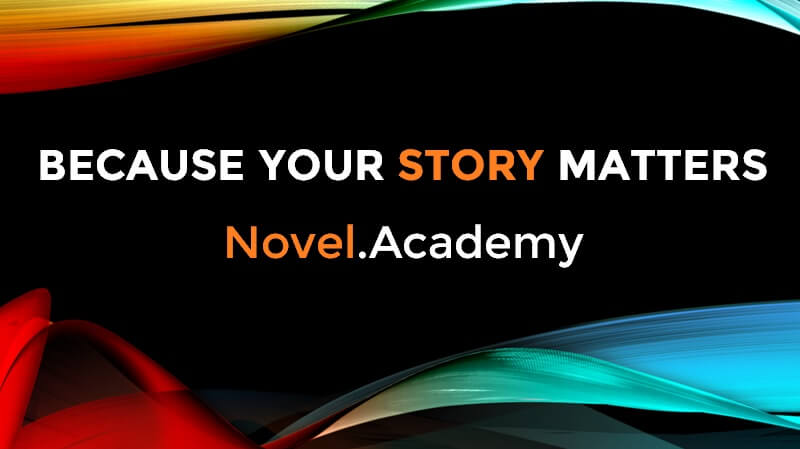
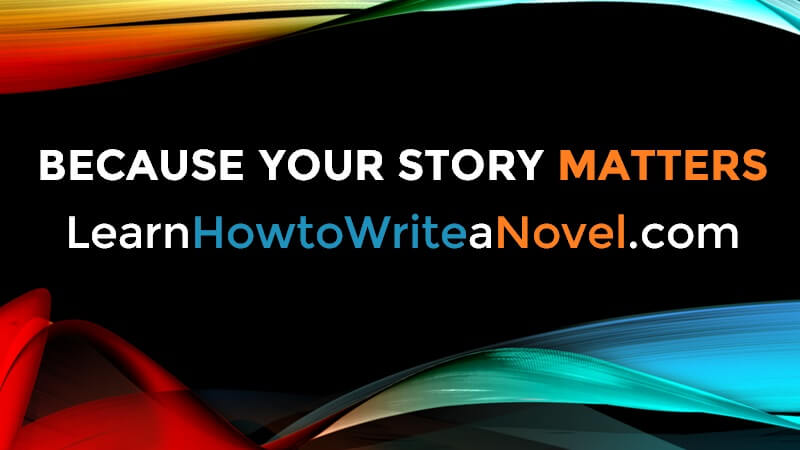
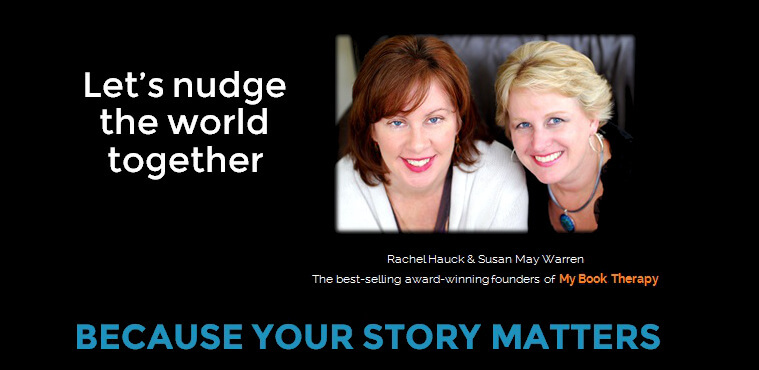
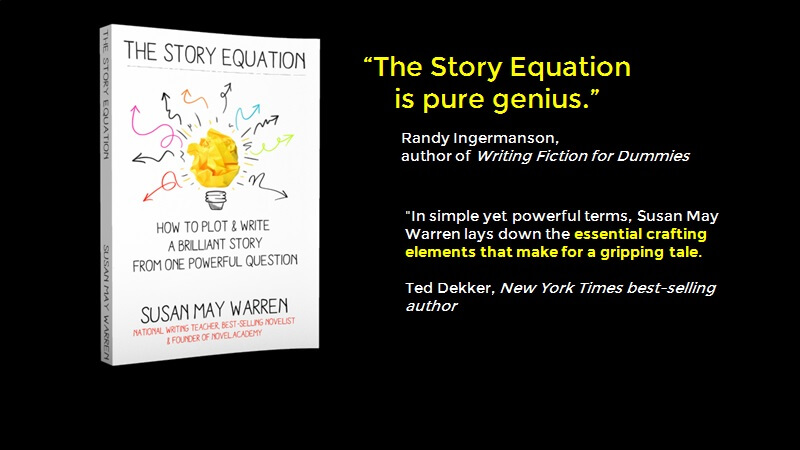
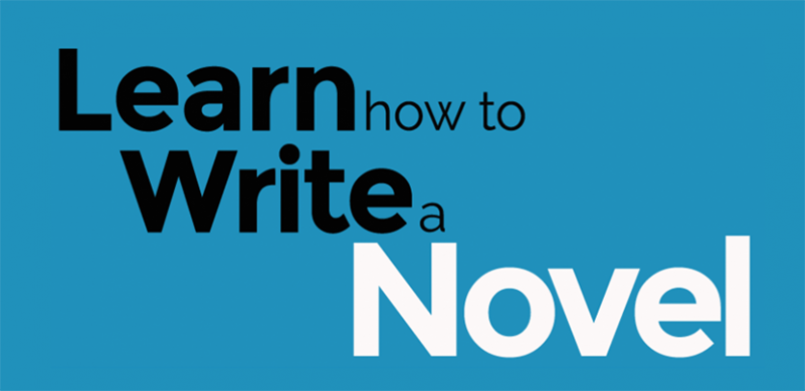













Great intereview. That's an insight I hadn't read about before. Very interesting.
ReplyDeleteThanks for the interview!
ReplyDeleteI love hearing the inside perspectives!
Isn't Ashley the best to give us such a peek into her world? I'm really excited to see pictures of the process next week.
ReplyDeleteThank you, Ashley and Sandra! This was very interesting and hugely informative. A fun look look behind the scenes, even if it did make my head spin. LOL Boy am I going to take a closer look at my mss. :D
ReplyDelete